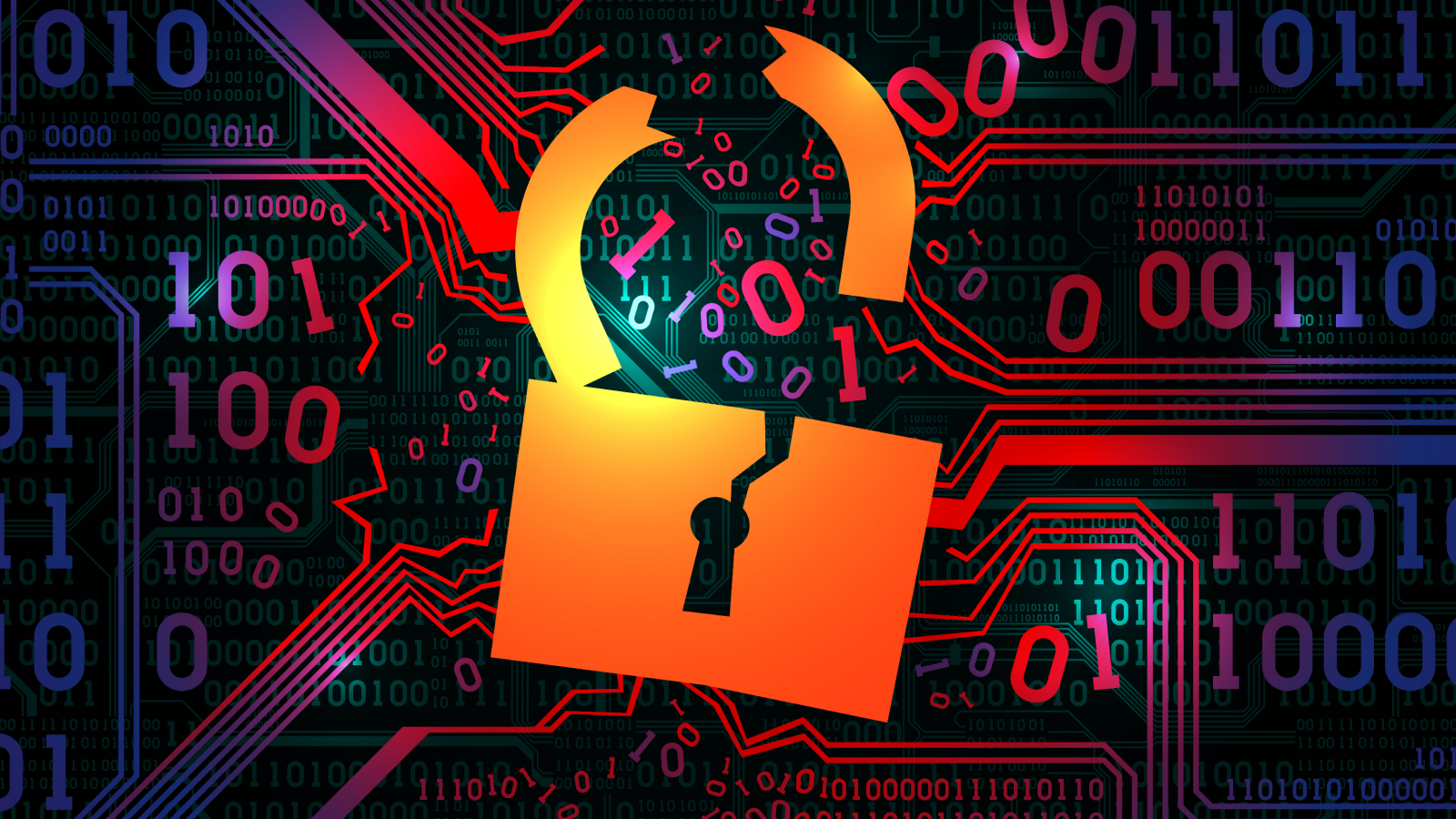Light-Powered Internet: What is Li-Fi? Imagine streaming your favorite movie, downloading large files, or attending video calls without the usual buffering or lag — and all of this happening faster, safer, and without the traditional WiFi signals we know. Welcome to the world of Li-Fi (Light Fidelity), a revolutionary technology that promises to change how we connect to the internet by using light instead of radio waves.
What is Li-Fi?
Li-Fi is a wireless communication technology that transmits data using visible light from LEDs (light-emitting diodes) rather than relying on radio waves like traditional WiFi. Essentially, it turns light bulbs into data transmitters, sending information through rapid flickering of LED lights — imperceptible to the human eye — that devices can decode as internet signals.
How Does Li-Fi Work?
-
Light source: LED bulbs emit light that can be modulated (turned on and off very quickly) to encode data.
-
Receiver: A photodetector on the receiving device picks up the light signals.
-
Data transfer: The modulated light is converted back into electronic data for use by devices such as smartphones, laptops, and IoT devices.
This invisible flicker of light can carry huge amounts of data, much like how fiber-optic cables transmit information through light.
Why Li-Fi Could Outperform WiFi in Speed
Li-Fi holds remarkable promise in boosting internet speeds, due to several factors:
-
Broad bandwidth availability: Visible light spectrum is about 10,000 times larger than the entire radio frequency spectrum used by WiFi.
-
Reduced interference: Unlike radio waves, light doesn’t interfere with other wireless signals, enabling more stable and faster connections.
-
Higher data transfer rates: Lab tests have demonstrated Li-Fi speeds exceeding 10 Gbps — far beyond the typical WiFi speeds available in most homes.
-
Low latency: The rapid modulation of LED light supports ultra-low latency connections, ideal for gaming, virtual reality, and real-time applications.
Security Advantages of Li-Fi
Beyond speed, one of Li-Fi’s most exciting benefits lies in its enhanced security features:
-
Light doesn’t penetrate walls: Unlike WiFi signals, which can pass through walls and be intercepted from outside, Li-Fi is confined to the room illuminated by the light source, drastically reducing eavesdropping risks.
-
Controlled coverage: This spatial confinement makes Li-Fi ideal for sensitive environments such as government buildings, hospitals, or financial institutions where data privacy is critical.
-
Less susceptible to hacking: Radio signals can be jammed or hacked remotely, but the physical limitation of light-based transmission adds a strong layer of security.
Practical Applications of Li-Fi
Li-Fi technology isn’t just theoretical — it’s already being tested and deployed in various fields:
-
Smart homes and offices: Lighting systems can double as high-speed internet hotspots.
-
Hospitals: Li-Fi’s immunity to electromagnetic interference makes it perfect for operating rooms and medical devices.
-
Underwater communication: Light waves travel better than radio waves underwater, making Li-Fi ideal for submarines and underwater research.
-
Airplanes: To avoid interference with avionics, Li-Fi can provide passengers with internet access without risking flight safety.
-
Public spaces: Museums, airports, and shopping malls can offer localized high-speed internet without overcrowding the radio spectrum.
Challenges and Future Outlook
Despite its promise, Li-Fi faces hurdles before it can replace WiFi:
-
Line-of-sight requirement: Devices must be in the light beam, so Li-Fi isn’t ideal if the receiver is in a pocket or covered.
-
Limited range: The signal is confined to illuminated areas.
-
Infrastructure upgrade: Widespread adoption requires retrofitting lighting systems and devices with photodetectors.
However, ongoing research is tackling these challenges, such as developing hybrid Li-Fi/WiFi systems, and integrating Li-Fi chips into smartphones and laptops.
Summary: Why Li-Fi Could Be the Future of Wireless Internet
| Feature | WiFi | Li-Fi |
|---|---|---|
| Spectrum Availability | Limited radio frequency band | Vast visible light spectrum |
| Speed | Up to a few Gbps | Potentially 10+ Gbps |
| Security | Radio waves pass through walls | Light confined to room |
| Interference | Susceptible to congestion | Minimal interference |
| Coverage | Wide but porous | Limited to light coverage |
Final Thoughts
Li-Fi is not just an invisible WiFi alternative — it’s a technological leap that could redefine internet speed and security. By harnessing the power of light, Li-Fi offers a safer, faster, and interference-free wireless communication option. While WiFi remains dominant today, the future might just be lit up by this dazzling innovation.
Best Countries for Digital Nomads in 2025 (Fast WiFi & Friendly Visas) | Maya




